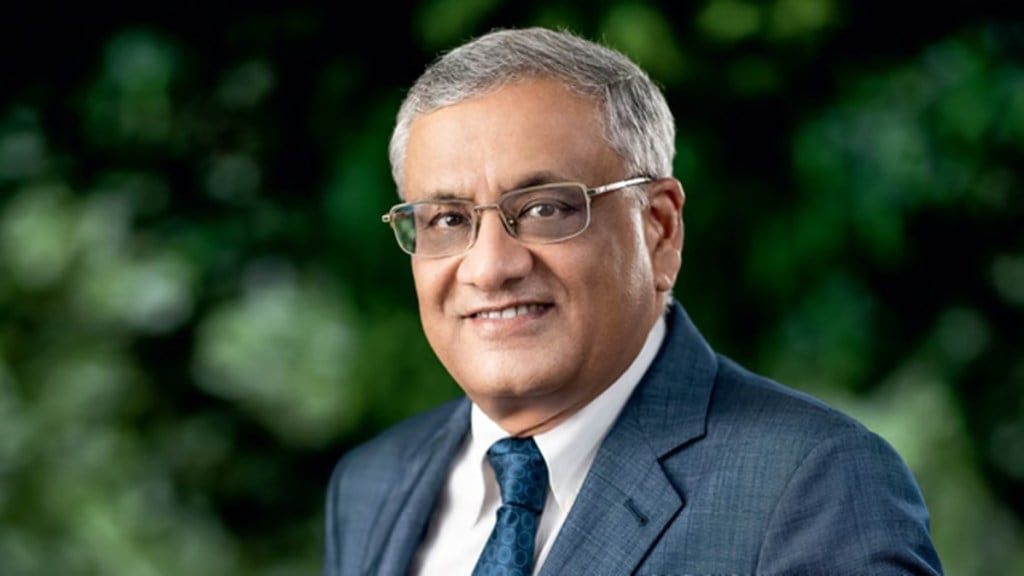Dixon Technologies, India’s largest listed electronics manufacturing services company, recently announced plans to set up a display fabrication (fab) unit with an outlay of $3 billion. Dixon MD Atul Lall speaks to Narayanan V about the project’s progress and how a ‘one-size-fits-all’ approach cannot work for all components. Excerpts:
What is the latest update on your $3 billion display fab unit?
We are still talking to partners. The display fab is today dominated by South Korea’s LG and Samsung, Taiwan’s Innolux and AUO, and Japanese players like Sharp. It is also largely dominated by Chinese players like BOE and HKC. We are keenly waiting for the rollout of the India Semiconductor Mission (ISM 2.0) because it requires government capex support and also support from the state governments.
Why is setting up a display fab unit so crucial?
With the electronics manufacturing industry on an aggressive growth path, devices for domestic consumption as well as for global markets are going to be made in India. The device manufacturing has already taken off, so the value addition has to deepen.
For semiconductors, the government rolled out ISM 1.0 and we were able to attract a couple of fabs and ATMP (Assembly, Testing, Marking, and Packing) units.
We have been nudging the government that we need some hand holding on the non-semiconductor side as well. The bill of materials for an electronic product is split into semiconductor and non-semiconductor components. The non-semiconductor components account for almost 50-55% of the bill of materials and includes PCBs (printed circuit boards), Surface Mount Technology (SMT) components, modules, cameras, displays etc.
We need a display fab because displays account for almost 10-12% of any electronic device. That should happen in India if we really want to create a cost-effective matrix for any product—whether it’s a laptop, television, or automotive display.
What’s your expectations from the components PLI scheme?
This crucial policy initiative is in the final stages of being shaped. However, the financial matrix for device manufacturers and components is very different. In devices, if I am investing Rs 1,000 crore, I can generate revenue of Rs 15,000 crore.
In the case of components, if I invest Rs 100-200 crore in a PCB plant, it will generate revenue of only Rs 100-200 crore. The asset-to-turnover ratio in devices and components are fundamentally different. So, when designing an incentive scheme, this distinction should be considered.
We have also requested the government to link the incentive to revenue and not on capital expenditure. I believe the government has understood this, and once the scheme is rolled out, they will accommodate the specific needs of each component category—because a ‘one-size-fits-all’ approach cannot work for all components.
You also advocate for an easier approval process. Is it to attract Chinese players?
The way Chinese, Japanese, or Korean companies have grown—nobody can reinvent the wheel and create technology from scratch. You need to learn the technology first and then improve upon it. For instance, if I want to set up a display fab, how will I do it on my own? I need a partnership to learn. So, we should be open to partnering with Chinese companies because they are 20 years ahead of us—we missed that bus.
Today, the approval process is very complex. You need to get approval under Press Note 3 (PN3) from the government, which is a difficult process. My point is that, without compromising on security concerns, the PN3 waiver process needs to be streamlined.
China’s domestic economy is also facing challenges and they are eager for new markets and partnerships. Here, we are talking about ensuring that the majority stake remains with Indian companies. When you partner with them, you learn, and eventually, you can do things on your own.
